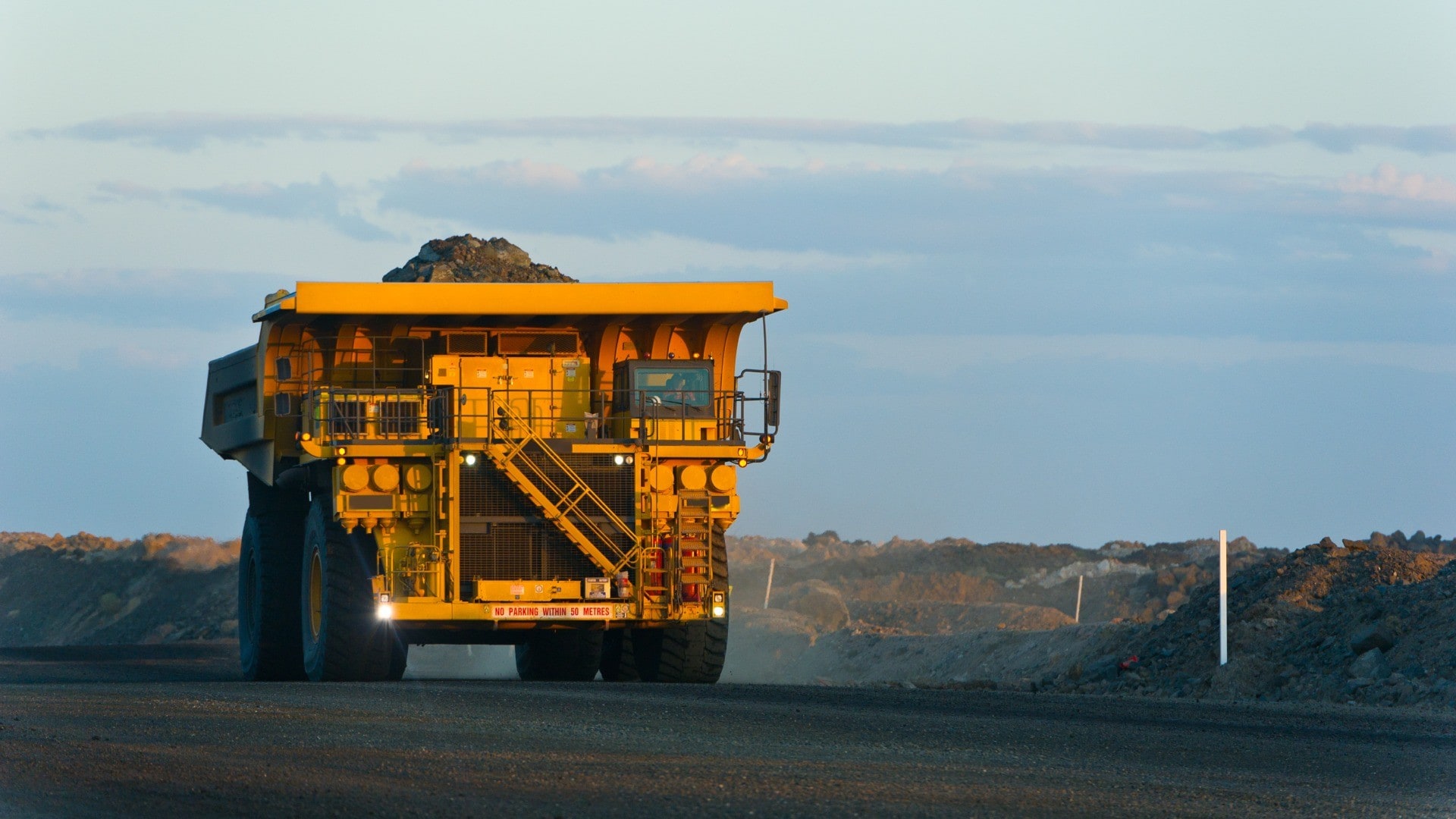
How the EU’s Green Deal is driving business reinvention
Climate-focused policies are transforming Europe’s economy. To create value amid the changes, leaders need to master new rules and remake business models.
The industrial manufacturing sector stands at the crossroads of a significant regulatory evolution with the introduction of the European Union’s (EU) Carbon Border Adjustment Mechanism (CBAM). As industries that are heavily reliant on materials such as steel, iron, cement, and aluminium, the application of CBAM presents both challenges and opportunities for sustainable development and cost management. This mechanism, aimed at reducing carbon emissions, will directly influence the costs and supply chains within the construction sector. Understanding the financial implications of carbon pricing is crucial for managing these changes effectively. For instance, assuming the average carbon embedded in steel is 1.85 tonnes per ton of steel, and a ton of steel costs EUR 800, with a carbon price of EUR 70 per ton (expected to increase), the cost of steel could rise by approximately 16.19% per ton by 2026. CBAM is integral to the EU's comprehensive suite of sustainability legislation. It complements the EU Emissions Trading System (ETS), preventing carbon leakage by imposing a carbon price on imports of high-emission goods and aligning with the broader goals of the Green Deal to foster fair competition and encourage global emission reductions.

Key construction materials are in the direct line of CBAM's impact. The inclusion of steel, iron, cement, and aluminium within CBAM's scope suggests a forthcoming increase in the costs of these goods. This rise is attributed to the mechanism's objective to impose a carbon price on imports of certain goods from outside the EU, reflecting their carbon content. For the industrial manufacturing industry, this means navigating a landscape where the rise and fluctuation of material costs is affected by an additional and at times volatile variable, the EU market price of carbon emissions.
The complex supply chains that support the industrial manufacturing industry are facing new challenges with the introduction of CBAM. Businesses need to thoroughly assess their supply chains to identify potential CBAM exposures. This means enabling suppliers to understand their CBAM obligations and have the technical expertise for accurate reporting and compliance. Gathering the precise data needed for compliance can be difficult, as it requires strong processes to collect, verify, and manage emission information from various sources. Understanding the details at each level of the supply chain, including insights at the supplier level, is crucial for pinpointing where carbon costs are embedded and where mitigation efforts should focus. This is especially important for regions that haven't dealt with similar climate reporting requirements as those in the EU, and for smaller operations with limited resources. Additionally, companies need to set up effective processes to monitor situations where CBAM may be triggered by occasional imports, such as specific equipment or spare parts.
The scope of CBAM extends beyond raw materials to potentially include the input materials or component parts of assets utilised in manufacturing projects. This aspect of the mechanism necessitates a detailed review of the import practices for spare parts or other components, making sure they are classified correctly under relevant CBAM codes. Such diligence is crucial for managing the financial and operational impacts of CBAM on manufacturing activities.
Depending on the supply chain involved and the level of raw materials versus finished goods, the CBAM consequences can be very different. Some clients manufacture most CBAM products themselves, while others buy a lot from third parties (outside the EU) where supplier engagement plays a big role. Our experience shows that businesses within the manufacturing industry don’t always realise their exposure to CBAM. For example, take screws and nuts, which are produced from steel. To account for the total embedded emissions in the finished screws and nuts, emissions from the steel used to produce them must be included and reported by the importer.
The CBAM initiative, while presenting challenges such as increased costs for key materials, also offers the industrial manufacturing industry an opportunity to lead their business into a more sustainable direction. In this regard, the manufacturing industry could use credible emission data generated as a consequence of CBAM to identify actionable measures and optimise operations, with clear and potentially significant financial effects. Some solutions will be easy, such as trimming away unnecessary emissions, while others will require a more vested approach to tackle major and long-term changes that provide considerable benefits for business and climate mitigation.
Adapting to this new regulatory environment requires a multifaceted approach:
As the CBAM unfolds, the industrial manufacturing sector must navigate these new regulations with a proactive and innovative mindset. By doing so, it can not only comply with environmental mandates but also lead the way in building a more sustainable, resilient future.

Climate-focused policies are transforming Europe’s economy. To create value amid the changes, leaders need to master new rules and remake business models.

As the CBAM comes into effect, the time to invest in your supply chain operations becomes more pertinent.

CBAM is a key piece of the EU’s sustainability regulation that poses significant challenges for sectors that grapple with higher embedded emissions.

Environmental taxes and the EU CBAM pose significant challenges for companies that need to understand the implications and act accordingly